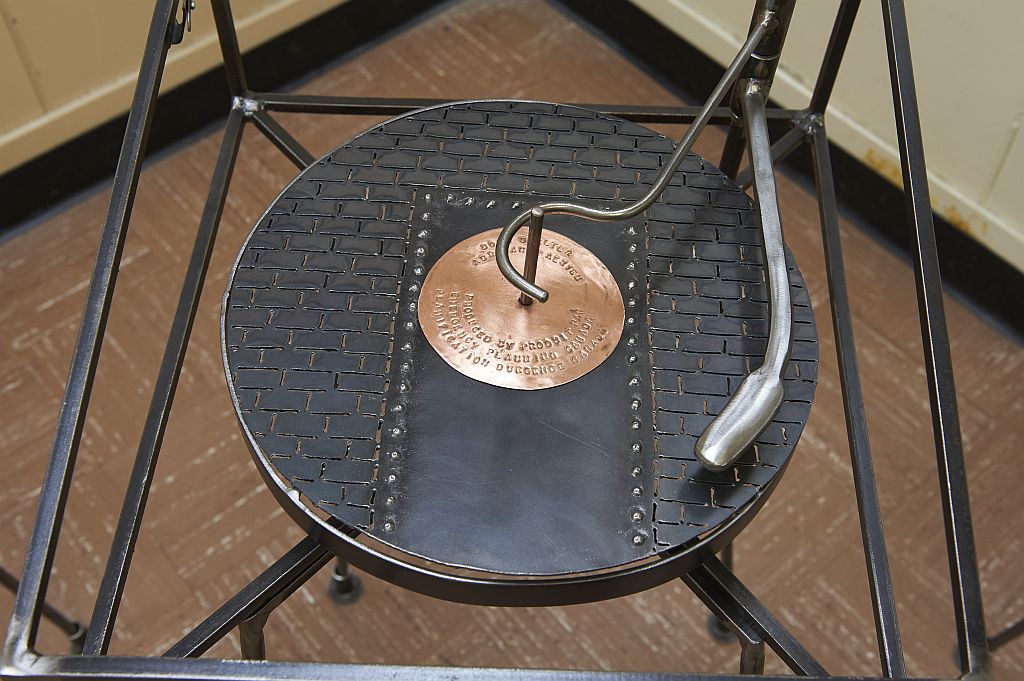Step 4: Know How to Take Shelter
Shelters of the type commonly used in Europe during the Second World War would not provide protection against the blast of a nuclear explosion. They were designed to withstand short shock pressures lasting something like 1/100th of a second. Shelters designed to withstand the pressures created by a nuclear explosion must be able to stand up to pressures lasting as long as 6 seconds.
Improvised Protection Against Blast
One of the simplest ways to improvise some anti-blast protection is to build a lean-to (bed springs and boards) against a work bench or heavy table, preferably in the basement, and pile mattresses on it and at the ends
If you are in the open and there is a ditch or culvert within easy, quick reach, lie face down in it and cover your face with your arms. Make sure this shelter is not too close to buildings which could collapse into it.
None of these improvisations is as good as a properly equipped blast shelter, but any single one of them could mean the difference between life and death.
Excerpt from 11 Steps to Survival published by Emergency Planning Canada, 1961


